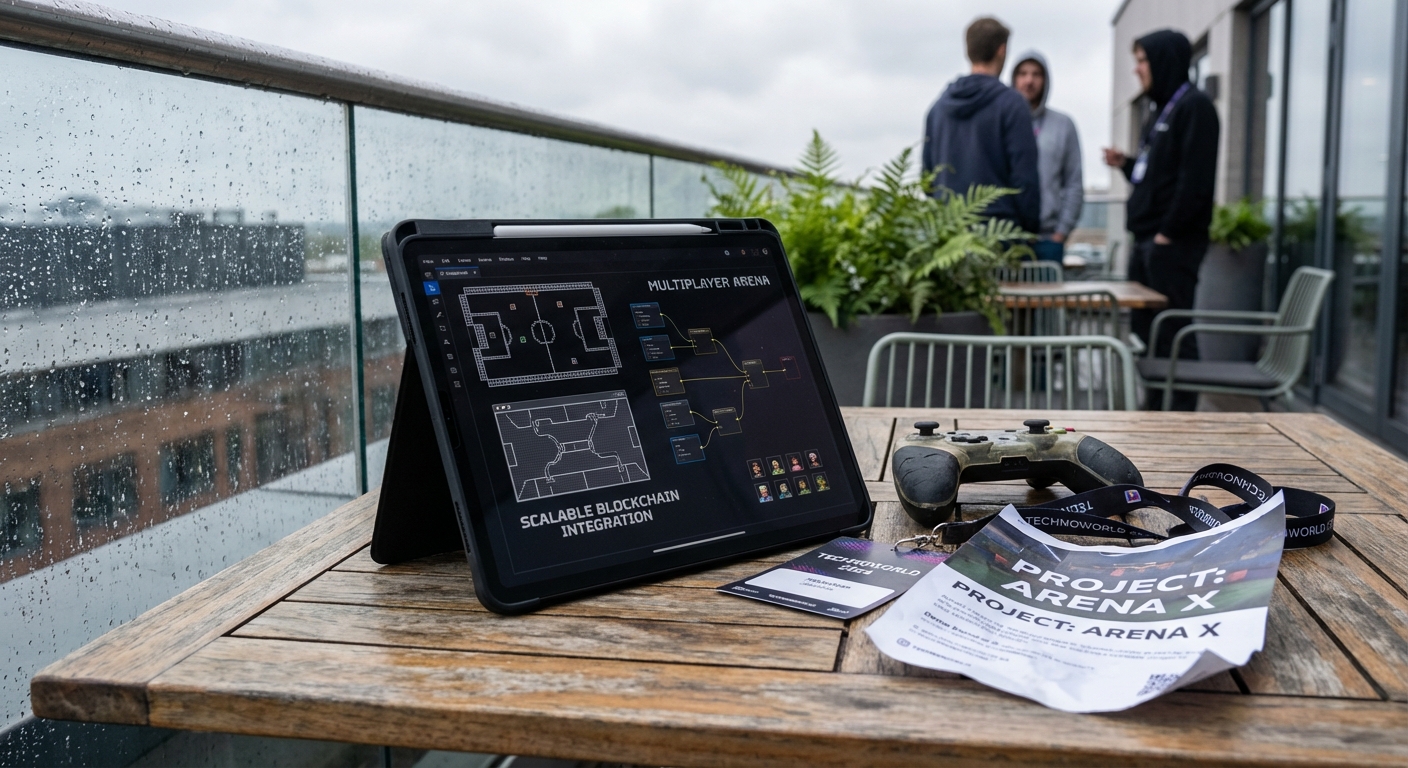Why Fully On-Chain Games are Revolutionizing Asset Ownership and Game Design
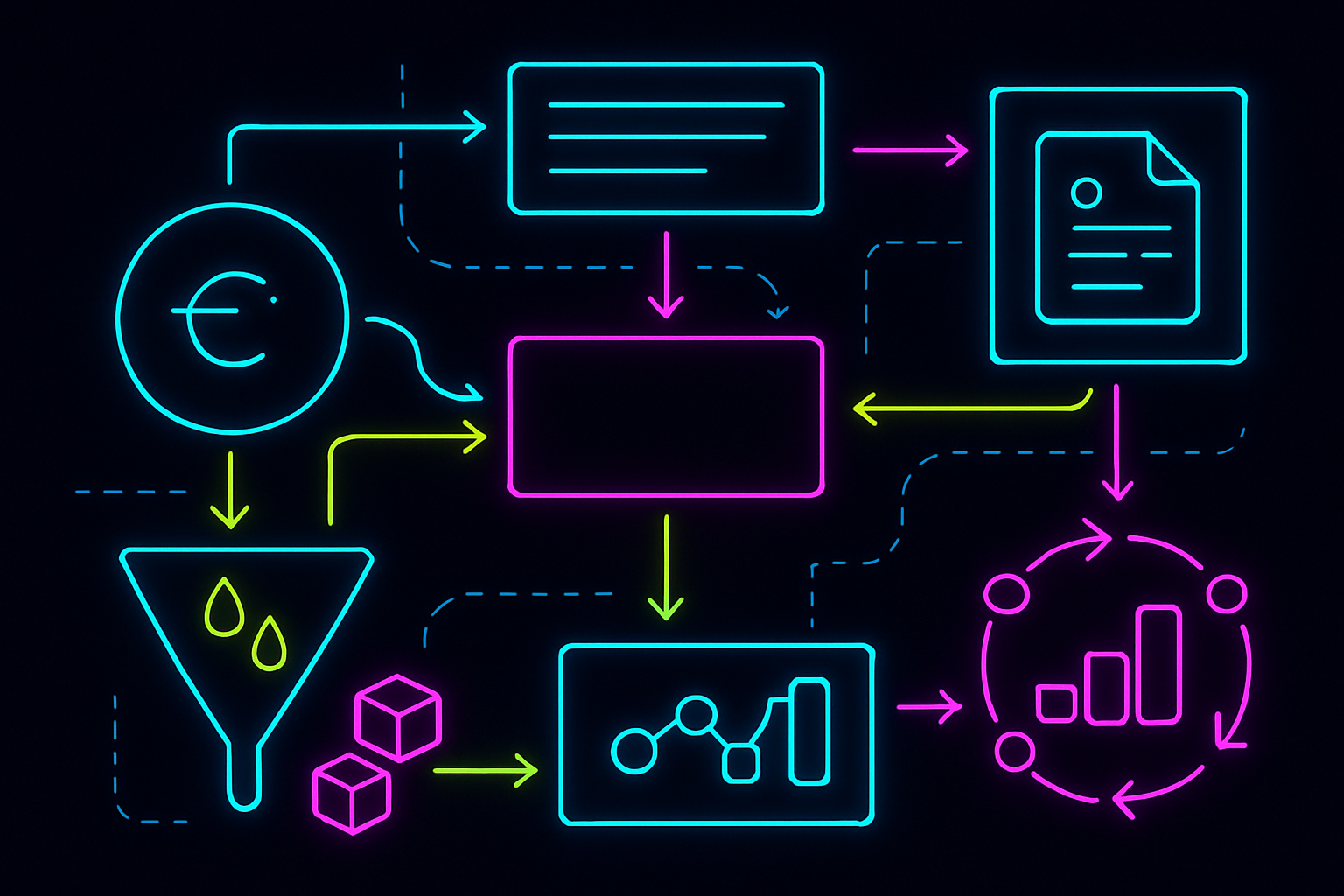
Imagine a world where your in-game sword, spaceship, or enchanted pet is truly yours, not just a line of code on a company’s server. This is the promise of fully on-chain games (FOCGs), a radical shift in how we think about asset ownership and game design. Unlike their traditional or even hybrid blockchain counterparts, fully on-chain games leverage the power of decentralized ledgers to make every action, item, and rule transparent, permanent, and permissionless.
![]()
The Core Innovation: From Centralized Control to Player Sovereignty
At the heart of the FOCG revolution is the migration of all game logic, state, and assets onto the blockchain. Frameworks like MUD and Dojo have enabled developers to build games where every move, trade, and upgrade is executed as a public, verifiable transaction. This isn’t just a technical feat; it’s a philosophical one. Players no longer rely on corporate goodwill or opaque databases for their digital possessions. Instead, every asset is a unique token with immutable provenance.
This radical transparency unlocks what many call true digital asset ownership. Your rare mount or legendary sword can be traded, sold, or even imported into other games and platforms, thanks to standardized token protocols. The concept of “interoperable without permissions” (as explored in recent composable game worlds) means that the boundaries between games blur, fostering creativity and emergent gameplay that was previously impossible.
“Now, with the Galaxia Engine, we’re entering an era where entire games live on-chain: transparent, permanent, composable, and truly alive. “ – Galaxia Studios
Provable Scarcity: Trustless Rarity and Authenticity
In traditional gaming economies, asset scarcity is enforced by developers, but can be undermined by exploits or policy changes. FOCGs flip this model: every asset’s uniqueness and scarcity are cryptographically guaranteed. Want to verify that your dragon egg is one of only 100? The blockchain provides public proof for all to see.
This shift is more than cosmetic. It means players can trust in the rarity of their collectibles, which in turn supports vibrant secondary markets and fairer economies. As highlighted by recent industry analysis, this transparency also makes gaming more equitable: no more hidden drop rates or secret nerfs.
Play-to-Earn: Games as Economic Engines
The programmable nature of blockchains has given rise to innovative play-to-earn models, where players are rewarded with digital assets or cryptocurrencies for their achievements and participation. No longer is gaming just a pastime; it’s becoming a viable source of income for many. These rewards aren’t just locked within one ecosystem, they can be traded on open markets or even used across multiple games built on interoperable frameworks like MUD and Dojo.
Top Ways Players Earn Real Value in Fully On-Chain Games
-
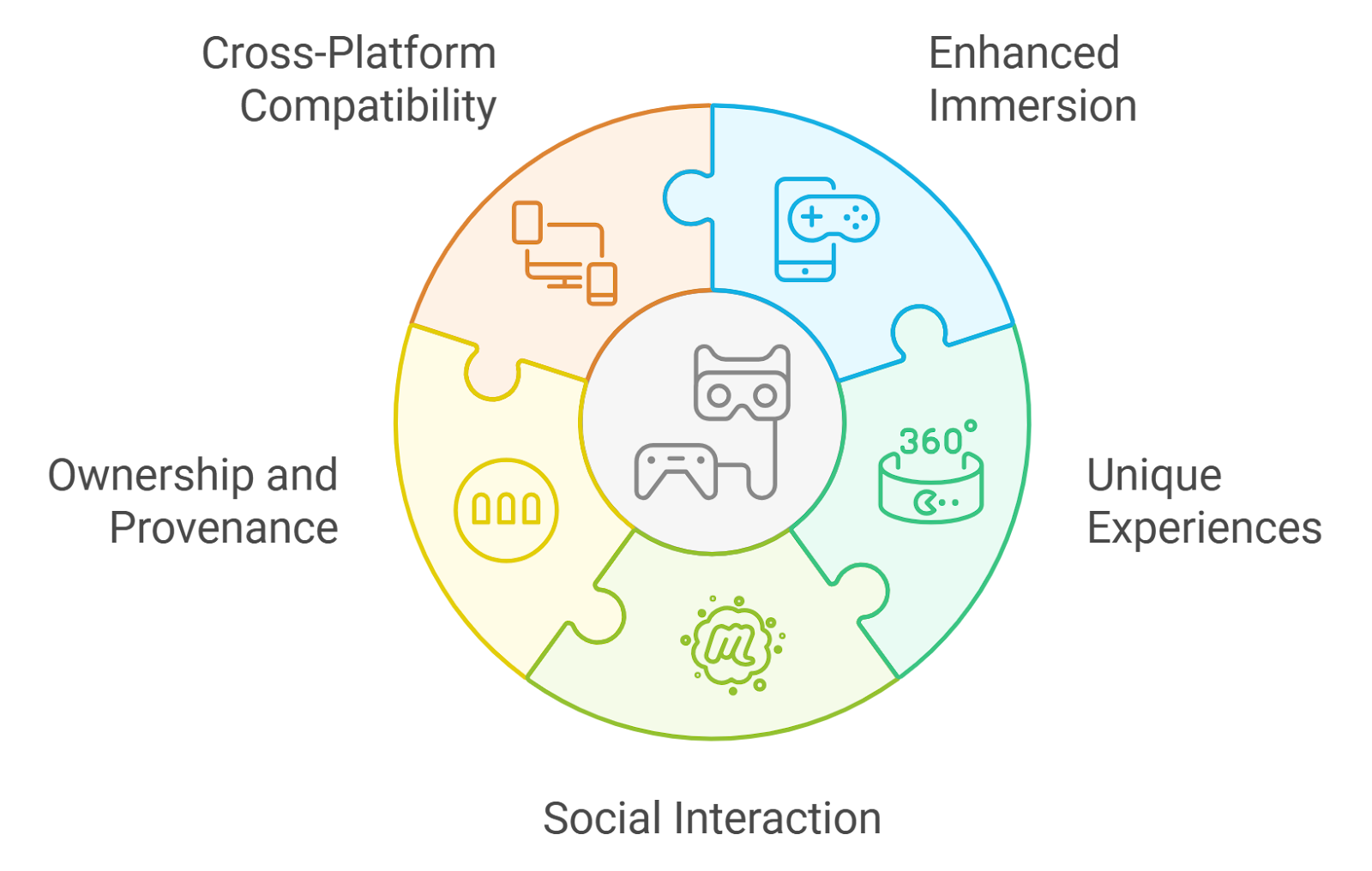
True Digital Asset Ownership: Players gain verifiable ownership of in-game assets as blockchain tokens (NFTs), which can be used, sold, or traded across games and platforms, giving assets real-world value.
-
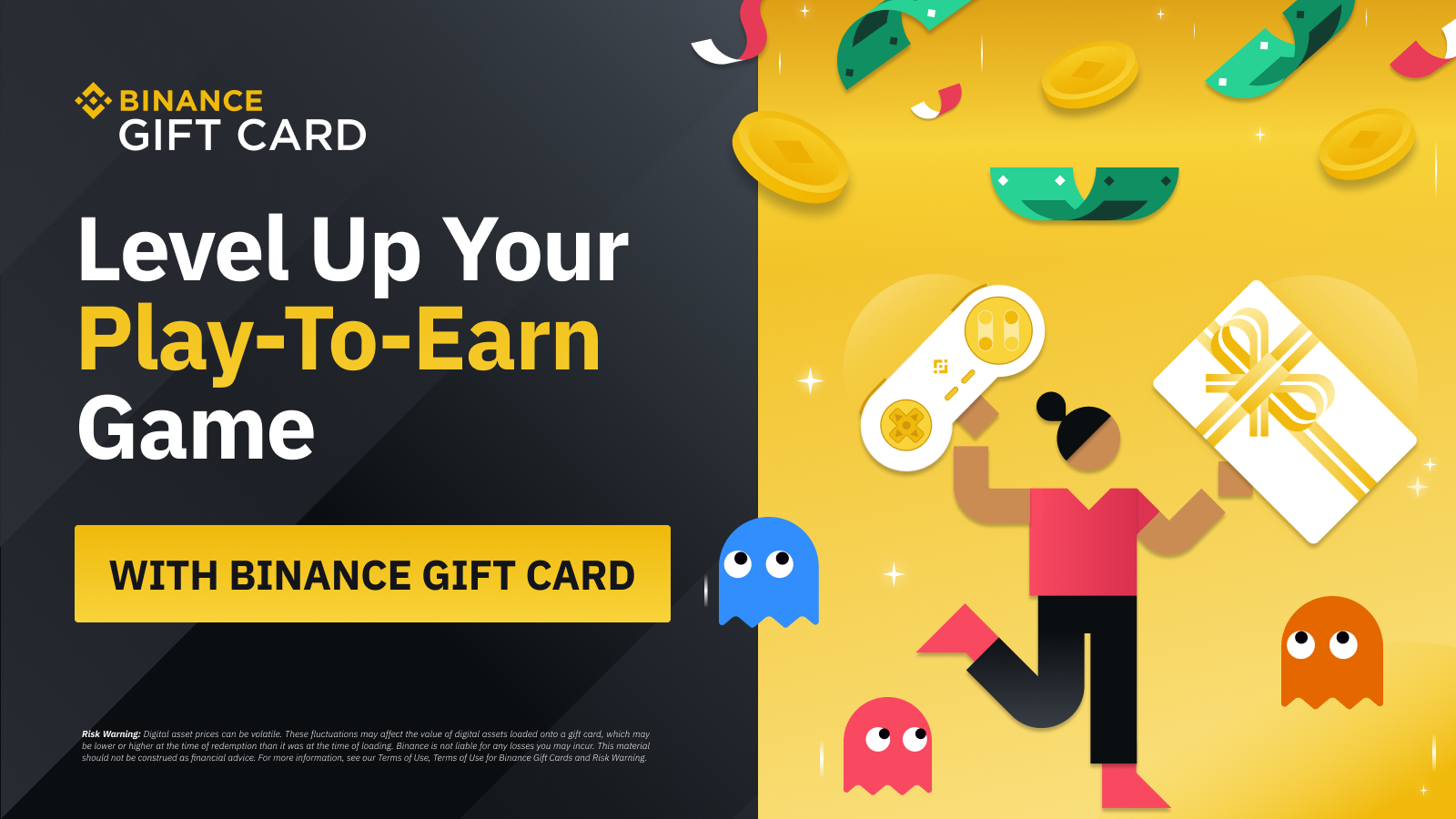
Play-to-Earn Rewards: Fully on-chain games offer play-to-earn mechanisms, enabling players to earn cryptocurrencies or valuable digital assets by achieving milestones, winning battles, or contributing to the game world.
-
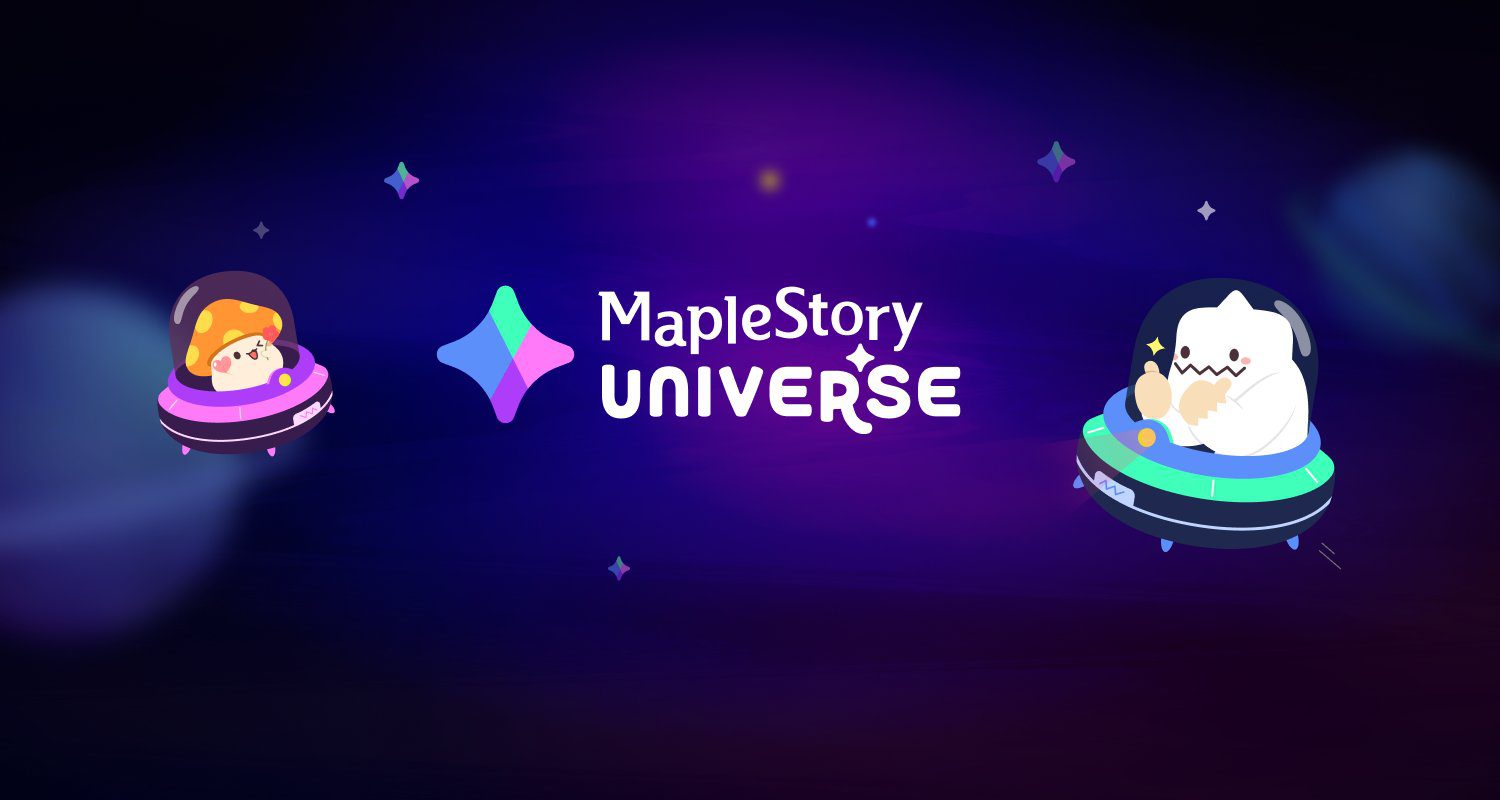
Provable Scarcity and Authenticity: In-game items are provably scarce and authentic, with their rarity and legitimacy transparently recorded on-chain. This boosts asset value and trust among players and collectors.
-
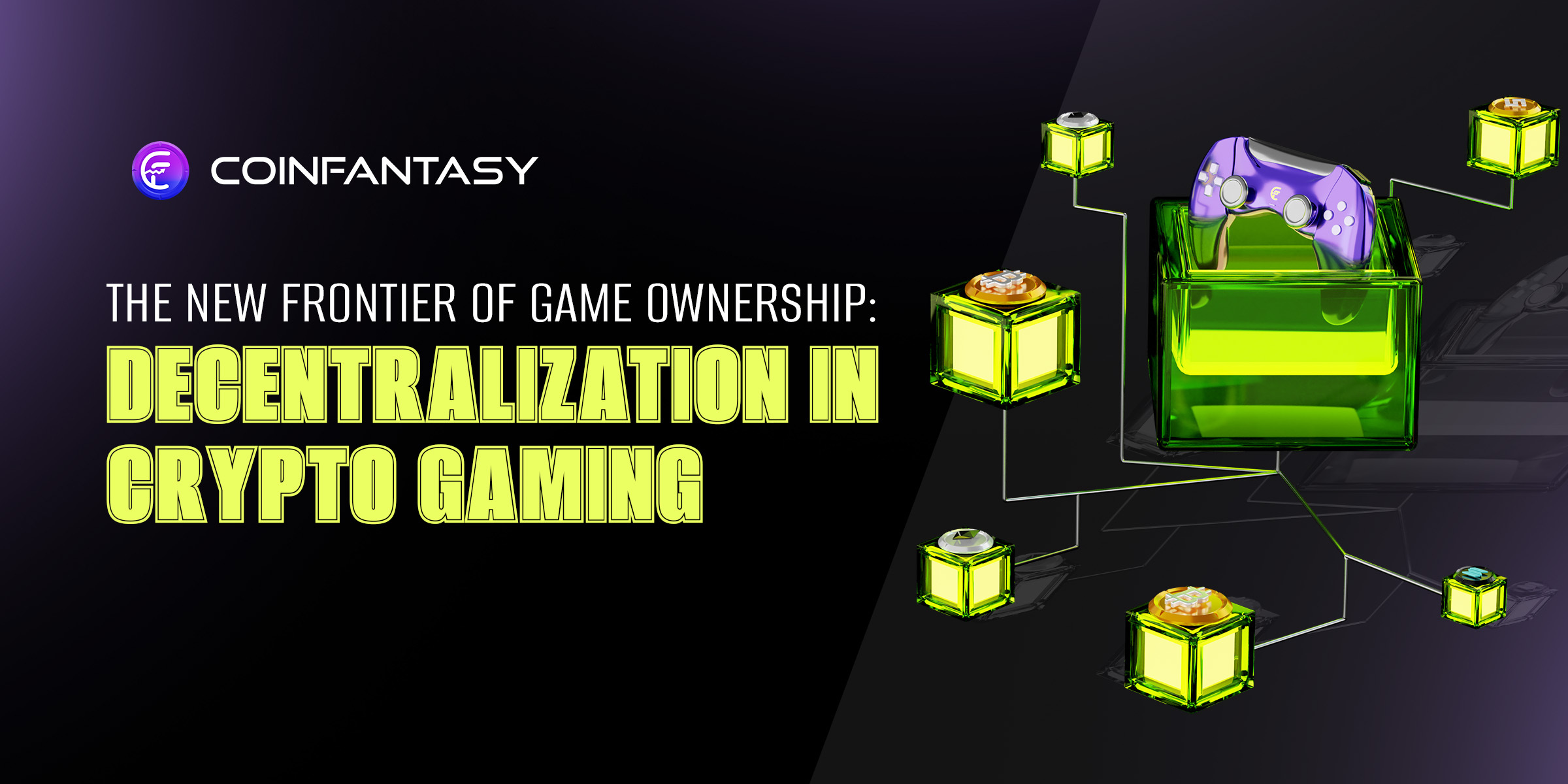
Player-Driven Economies: Decentralized marketplaces let players freely trade assets with each other, creating vibrant economies where supply and demand determine value, and players can profit from their in-game activities.
-
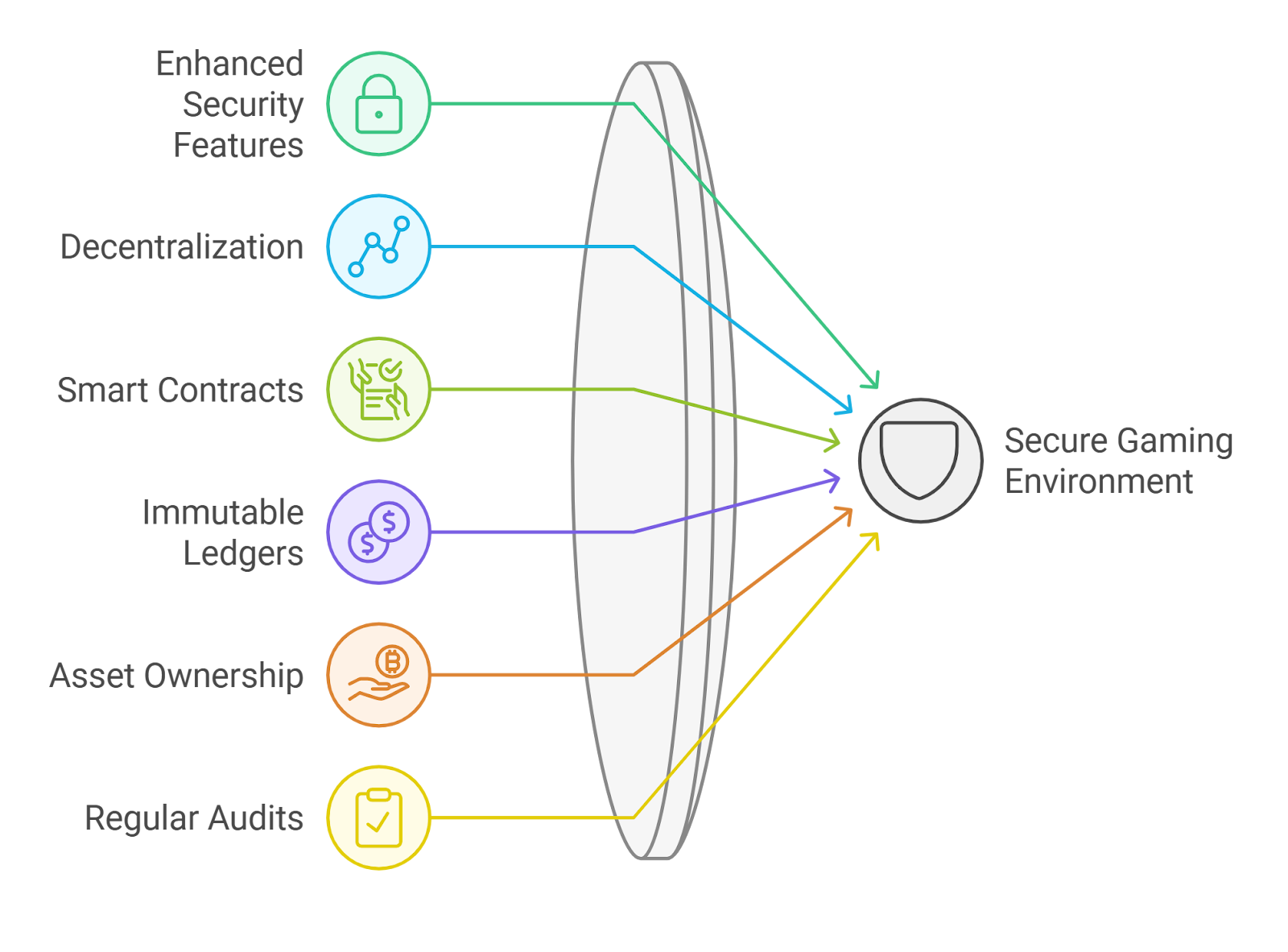
Transparent and Secure Transactions: All trades and transfers are securely recorded on the blockchain, ensuring transparency and eliminating fraud, so players can confidently transact and realize real value.
-
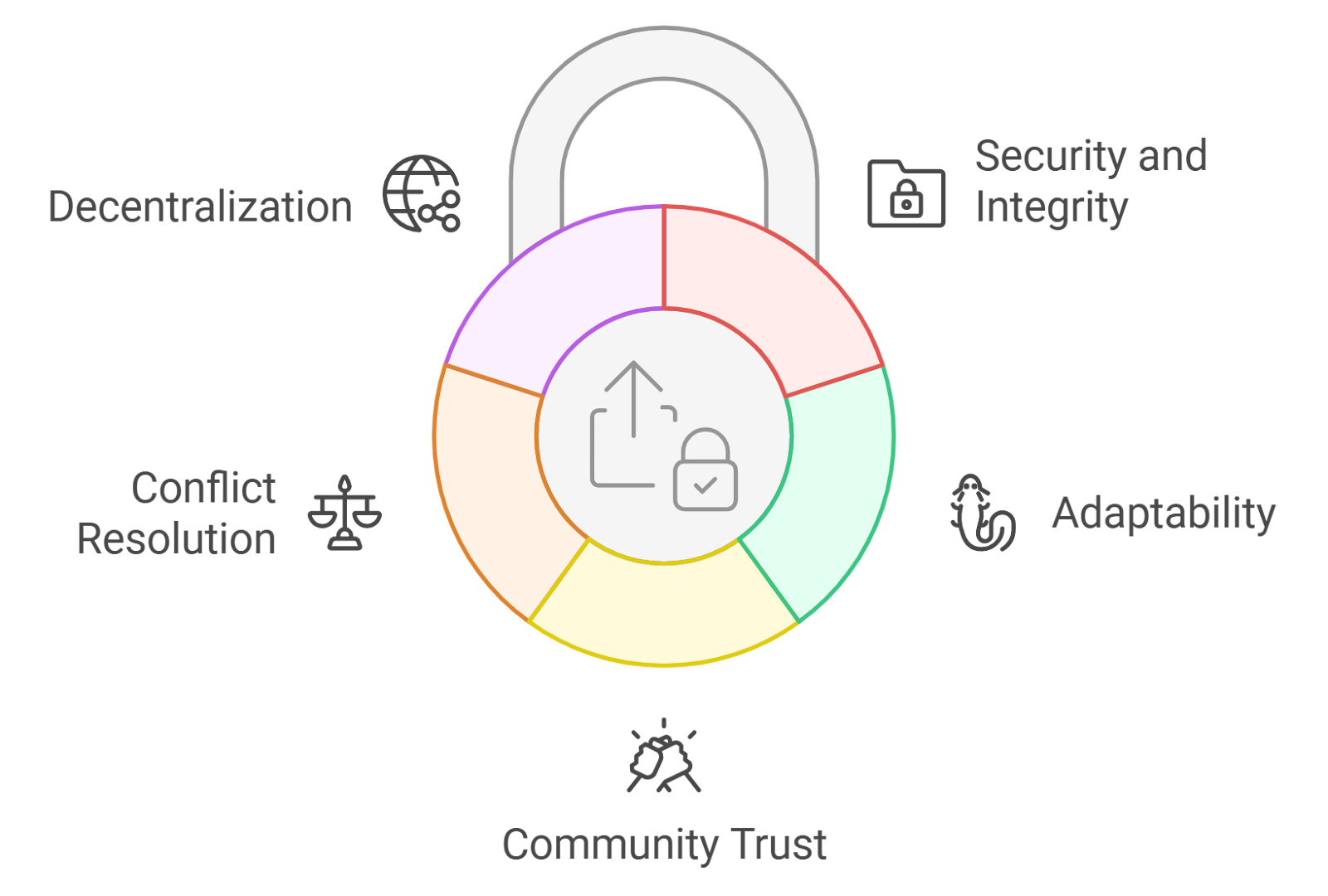
Community Governance and Rewards: Players can participate in game governance through decentralized voting or staking, sometimes earning rewards or influence, and shaping the evolution of the game ecosystem.
This new economic paradigm is powering a wave of player-driven economies where value accrues not just to game studios but to the communities themselves. Decentralized marketplaces ensure peer-to-peer trading, while transparent transaction histories eliminate disputes and fraud.
Transparent Game Worlds: Trustless Interaction and Community Governance
One of the most profound changes brought by fully on-chain games is the shift toward verifiable game economies and transparent worlds. Every action, whether it’s crafting an item or voting on a rule change, happens on-chain for all to see. This transparency does more than prevent cheating; it enables new forms of community governance where players have real influence over game evolution.
As more developers embrace FOCGs using the MUD and Dojo frameworks, we’re witnessing a renaissance in onchain transparency and player empowerment. The implications for both asset ownership and game design are profound, and we’re only seeing the beginning.
As the boundaries between player and developer dissolve, fully on-chain games are redefining what it means to participate in a digital world. The rise of decentralized autonomous organizations (DAOs) within gaming ecosystems is a testament to this shift. Players are no longer just consumers; they are stewards and architects of the worlds they inhabit. Whether it’s voting on game mechanics, proposing new features, or even co-creating lore and assets, the community’s voice carries unprecedented weight.
Frameworks like MUD and Dojo have become the backbone for these experiments in collaborative world-building. Their modular, open-source architecture allows for rapid iteration and composability. Developers can plug in new modules or fork existing ones, while players can suggest or even implement changes themselves. This dynamic has led to emergent gameplay experiences that are impossible in closed, centrally controlled environments. If you’re curious about how these frameworks enable such flexibility, explore our guide on building composable game worlds.
Player-Driven Economies: A New Era of Digital Value
The economic layer of fully on-chain games is perhaps the most disruptive. With every asset, transaction, and rule encoded on a public ledger, the game economy becomes not only transparent but also auditable and extensible. Players can create guilds, establish marketplaces, or launch their own tournaments with verifiable rewards. The days of black-box economies and arbitrary bans are fading fast.
For example, a player might discover a rare resource in one game, tokenize it, and then sell or use it in another compatible title built on the same framework. This interoperability empowers players to extract real-world value from their in-game achievements. If you want to dive deeper into how these mechanisms work, check out our breakdown of play-to-earn in fully on-chain games.
Security is another pillar of this new paradigm. With every transaction and asset transfer recorded on-chain, disputes become a thing of the past. Fraud is nearly impossible when ownership and provenance are public knowledge. This level of trustless interaction is attracting not just players but also investors and creators eager to participate in a fairer, more open digital economy.
The Road Ahead: Challenges and Opportunities
Of course, this revolution is not without its challenges. Scalability, user experience, and on-chain data management remain active areas of innovation. Yet, the pace of progress is rapid. With each new release, frameworks like MUD and Dojo push the boundaries of what’s possible, lowering barriers for both developers and players.
The most exciting aspect? We’re still early. The tools and standards being forged today will define the next generation of digital worlds. As adoption grows, expect to see even more inventive uses of composable gameplay, verifiable economies, and player-driven governance. The foundation is set for a future where digital asset ownership is as real, secure, and meaningful as physical property.
This is more than just a technological shift; it’s a transformation in how we relate to our digital lives. Fully on-chain games invite us to imagine a world where creativity, ownership, and agency are not just features but fundamental rights. For those ready to embrace the future of Web3 gaming innovation, the adventure is just beginning.







